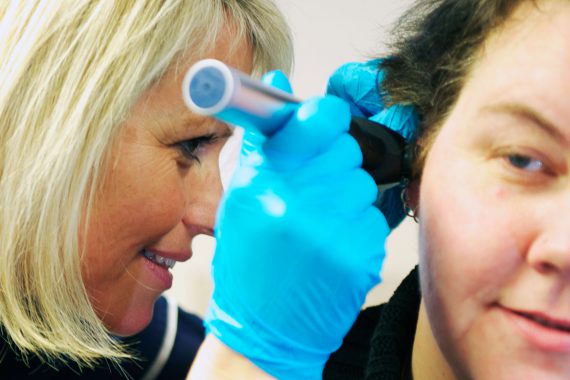Health secretary Jeremy Hunt will today pledge to run a consultation on whether there should be compulsory regulation for new physician associate roles in the UK.
The consultation will look at the roles PAs can fill in general practice and the wider NHS, after Pulse reported education bosses are already exploring this by creating PA GP ambassadors to develop the role.
Mr Hunt said in 2016 that the only thing holding up legislation on regulating PAs was ‘finding a parliamentary slot’ with the Government focused on Brexit and the 2017 General Election.
The DH said he will announce today at the RCGP Conference ‘a consultation on the regulation of physician associates to provide further clarity on the scope of the role, and exploring how support staff can bolster healthcare teams across the country’.
The Government has long promoted physician associates as a potential solution for the workforce crisis, and committed to recruiting 1,000 physician associates to general practice by 2020.
Pulse previously revealed that the DH was exploring whether PAs should have prescribing rights, as they do in America, but this is likely to be dependent on regulation.
Currently, to train as a physician associate in the UK you will usually need a bioscience first degree, or have worked as a registered healthcare professional. They will eventually be able to work independently, but under the supervision of a qualified doctor.
Once qualified they can take patient histories, see patients with undifferentiated symptoms and formulate management plans or request investigations – except those requiring ionising radiation.
However, because they are ‘dependent practitioners’, they will need a GP supervisor who can support them and will review and sign-off their work.
They are a relatively new role in the UK, and do not currently have any formal regulatory body or prescribing powers.
Pulse July survey
Take our July 2025 survey to potentially win £1.000 worth of tokens












